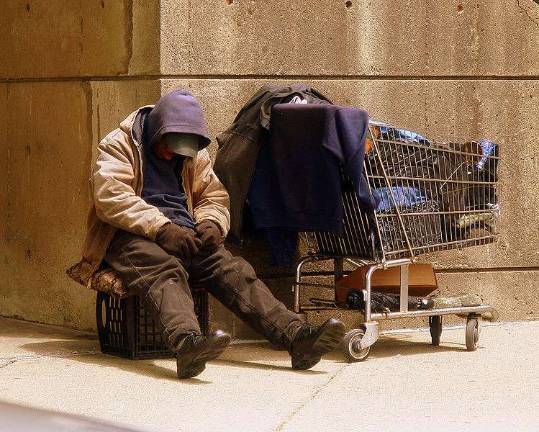Working Together We Can Solve Crisis

By Mel Wymore According to the Department of Homeless Services (DHS), New York City's homeless population has exploded to overwhelming proportions. This unexpected surge purportedly justifies the creation of disruptive fly-by-night shelters, including two buildings on West 95th Street scheduled to receive 200 adult families by the end of this month. Surprise, surprise ? not really. Since 2008, homeless numbers have been trending upward almost without exception, growing an average of 0.5 percent per month, and approaching a whopping 30 percent increase over the past five years. Nevertheless, West Siders have been dealing with homeless "emergencies" for decades-no time to find or build appropriate locations, to hire and train qualified staff, to safeguard existing tenants, to prepare neighbors, or even to properly assess the needs of clients before they are placed. Most importantly, no time to keep people at home in the first place. Honestly, though, it's not all on DHS. The cause of this situation runs deeper than poor forecasting. City, state and federal policies on homelessness, housing, social services, zoning and commerce-all crafted with good intentions-often work at cross-purposes. We want more affordable housing, but have meager tools to address powerful counter-incentives. We want to create jobs, but foreclose opportunities to attract visitors and fuel local commerce. We want to prevent homelessness, but cut programs that keep families from losing their homes. We use safety violations to enforce zoning regulations. We let emergency shelters preempt long-term housing solutions. We have enough "pop up" problems to keep us busy for decades, but it's time to do better. Policies, like people, are interconnected. We need to look at the whole system, collect data and analyze trends, consider long-term consequences and work together to develop policies that make sense. Tenant leaders, landlords, developers, business owners, service agencies and policy makers on all levels are part of the system, and therefore, critically important to developing workable solutions. It will take unwavering commitment, meaningful collaboration and concerted effort to bring it all together, but anything is possible in the face of emergency. Let's get to it. is a systems engineer, entrepreneur and former Chairman of Manhattan Community Board 7. He is also a candidate for New York City Council representing the Upper West Side.